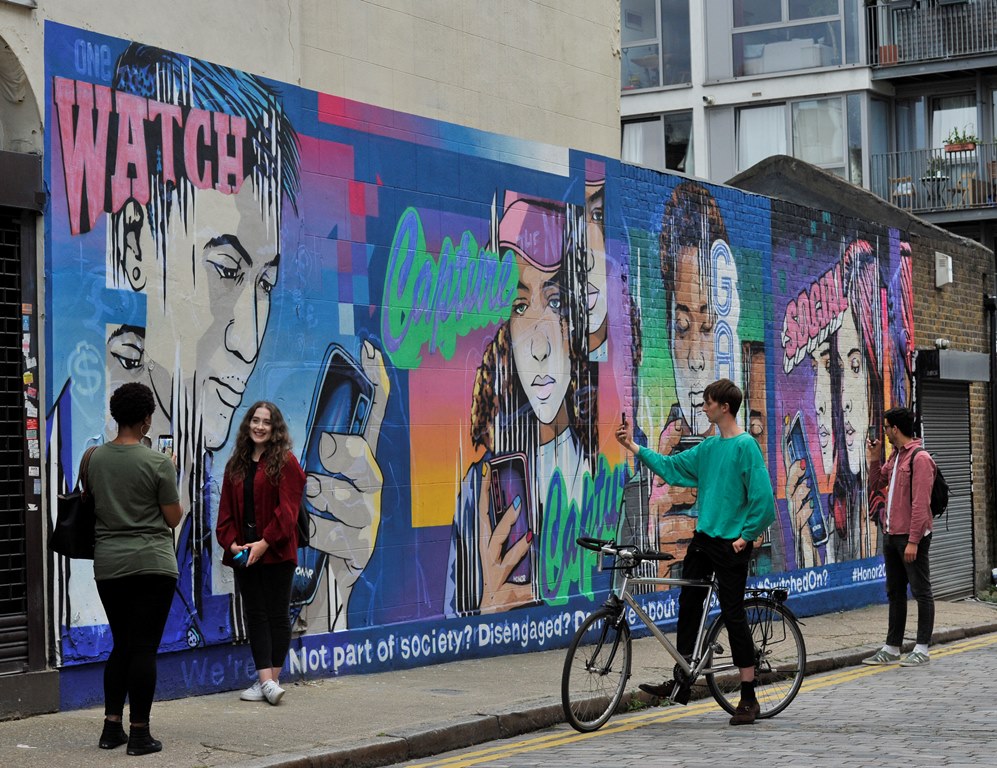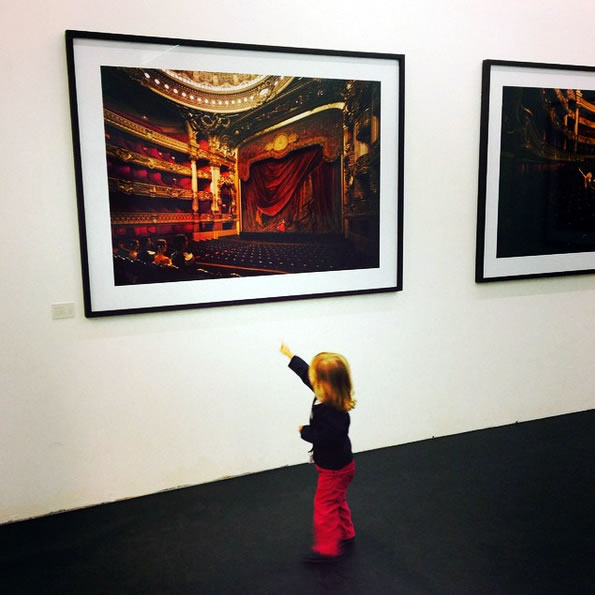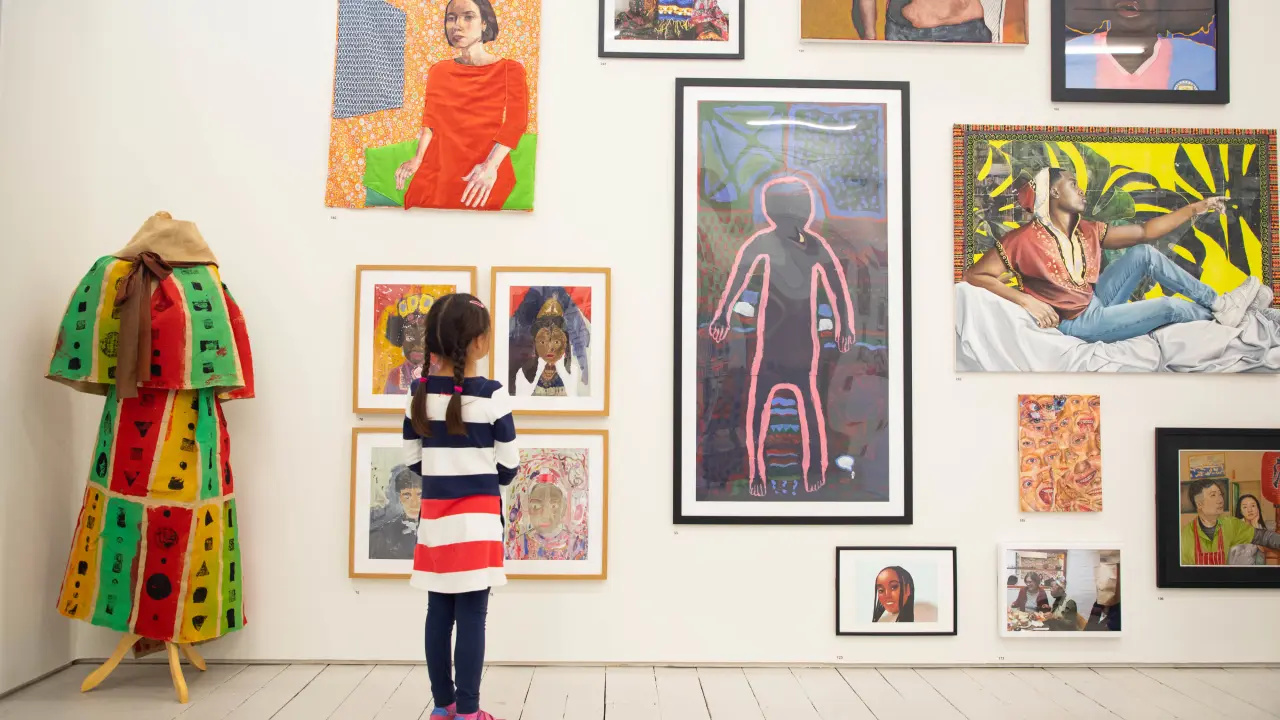15th february 2024, by Patrick DENNY, art advisor & art dealer
Art collectors have long played a key role in the evolution of art and aesthetic tastes, playing a crucial role in the art market. Their influence also extends to future market trends. However, contemporary art collectors are clearly different from their predecessors, their profiles evolving in response to the advent of digital art. The rise of digital art has also given rise to new types of collector.
In this article, we will attempt to take a closer look at the identity of these new collectors.

GENERATION Z: THE FUTURE PLAYERS IN THE ART MARKET 🎨🔮
A new wave of collectors is emerging, occupying an increasingly significant position in the art market: young art collectors, also known as Generation Z, covering an age range up to 25. They have a keen interest in developing art collections.
As the driving force behind the art market, Generation Z is redefining trends in art collecting. These young collectors are at the forefront of a major digital transformation, propelling the online art market to impressive figures, estimated at €16 billion by 2030.
Thanks to technology and social networks, Generation Z see art as an extension of their personal identity. Spread across the United States, Europe and, above all, Asia, these affluent young collectors are becoming key players for international auction houses.
In the first half of 2023, wealthy millennials in Asia spent an average of €55,000 on works of art, closely followed by Generation Z, who invested €52,000.
According to the forecasts of the 2023 Art Basel & UBS survey, this young generation is destined to accumulate considerable wealth, up to 65,000 billion euros by 2030.
HOW DOES GENERATION Z DIFFER FROM ITS PREDECESSORS? 🤔🔍
Younger art buyers are more driven by investment objectives and are turning towards emerging artists, as well as socially engaged art, such as indigenous artists.
They are also more inclined to analyse the aspirations of particular artists rather than focusing on art history, as previous generations did. In 2023, millennials will favour sculptures, installations and photography.
Generation Z collectors have overtaken spending on digital art and prints. Younger buyers value emerging artists in their collections (64%), revealing a shift in priorities from the previous generation. It is worth noting that renowned artists are less popular with young collectors (11%) than with their older counterparts (23%).
Technology has also made it simpler, faster and more secure to acquire works of art online, encouraging younger buyers to make purchases, even at higher prices.
The evolving landscape of Generation Z collectors is a dynamic force shaping the future of the art market.
WHAT ABOUT ONLINE SHOPPING? 💻🛒
My name is Patrick DENNY, art gallery owner, and art collector. I demystify this fascinating universe for you and help you make the right choices!
#ContemporaryArt #LearnAboutArt #ArtAdvice






